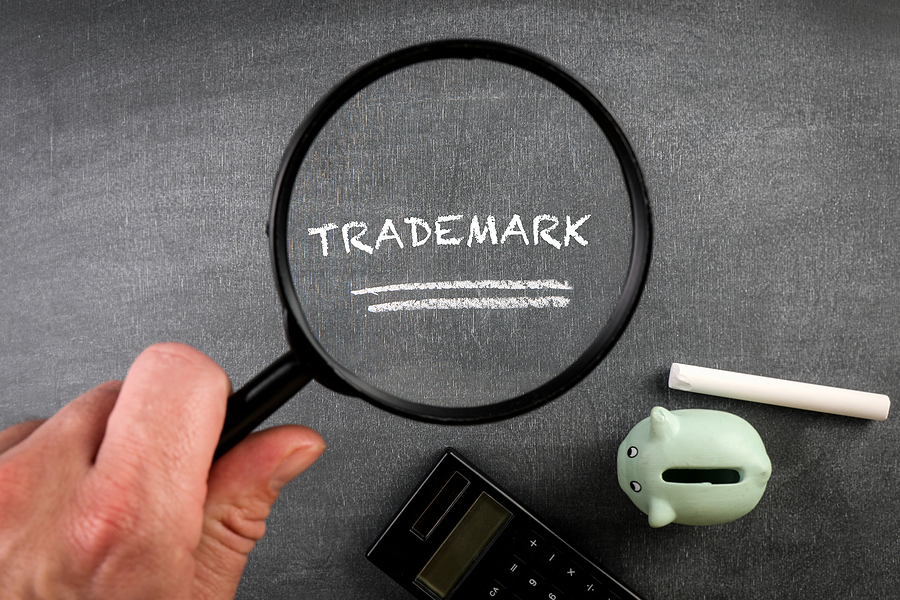3 Ways Trademark Owners Can Best Defend Their Trademarks

Trademarks registration is essential for any business that wishes to safeguard its intellectual property and the valuable assets that represent its brand and set it apart from the competition in the market. The legal rights and protections that come with a registered mark are the key to a business’s long-term success. Consider following these recommended practices to better defend your trademarks once they are registered.
1. Police your mark
Businesses need to police their registered trademark to effectively protect it, as a successful trademark registration does not prevent a third party from infringing on your registered trademarks. What it does provide is legal rights to your trademark and how to better defend it in court. In other words, the Intellectual Property Office of Singapore (IPOS) registers the trademark, but it is up to the trademark owner to enforce the exclusivity of its use.
The first step is to use the ® symbol with your trademark logo once your trademark is registered, as it serves as a public notice to other individuals and businesses that the trademark is registered and protected under the law. Include the symbol alongside your trademark wherever it is used, from physical signs to your website, to dissuade most people from infringing on your trademark.
There may still be a few entities that will unknowingly use your trademarks, as they are unaware that it is a registered trademark, or those that intentionally use your trademark for their own gain. Hence, businesses need to know how to protect their registered marks from infringement and assert their rights to defend their brand and reputation.
Typically, notifying the infringing party requires sending a cease-and-desist letter. If that is insufficient, owners have the option to sue unauthorised users due to the legal protections provided by the registered trademark. Maintaining control of your business and brand requires investing time and effort into trademark enforcement and monitoring.
2. Consider registering your trademarks internationally
Trademarks and the protection granted to them are only valid in the country they were registered in. Therefore, if you filed your trademark in Singapore, there is no assurance that it won’t be used or registered anywhere else in the world. Trademark owners can submit a Madrid Protocol application to register their trademarks internationally to receive the same degree of protection in nations other than their own.
Although there is no one solution to obtaining trademark rights in every country, the Madrid Protocol has made registering a trademark in many different nations easier. Trademark owners can use this system to register their trademarks with over 100 member nations by completing a single application.
However, despite the streamlined process, the Madrid Protocol does not guarantee that applications are approved without issues. This is so that each country may independently evaluate and determine whether to approve the trademark applications. You must go directly to the relevant trademark authority if you wish to register your trademark in a country that is not a signatory to the Madrid Protocol.
3. Maintain your trademark
Trademark protections remain in effect only if a trademark owner continues to use the trademark. It is crucial to use the trademark consistently, which calls for sticking to the same trademark logos that were initially registered. Otherwise, inconsistent use would erode its defence and can work against you in a trademark dispute.
To preserve their rights and protections, registered trademarks in Singapore must be renewed every ten years through trademark renewal. A trademark renewal application should be submitted no earlier than six months before and no later than six months after the Certificate of Registration expires. In accordance with IPOS regulations, trademark owners must be informed when their registration for a mark is about to expire and how to renew it.
Conclusion
Getting a certification of registration is the first step toward safeguarding your brand’s intellectual property. The three main steps you can do to protect your trademarks and your duties as a trademark owner are to police your registered trademarks, maintain them, and register them abroad.
For more seamless trademark registration services in Singapore and anywhere else in the world, contact us at Cat and Pillar today and let our insider knowledge of trademark registration work to your advantage. To learn more about our professional services, including local and international trademark registration and trademark renewal in Singapore, you can visit our website at https://www.catandpillar.com/.



